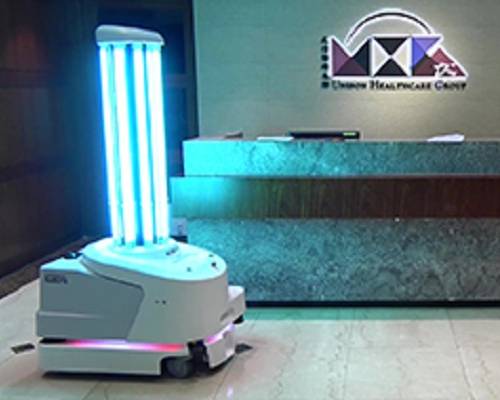In the past, there was always a great fear of brain surgery, and people did not want to undergo it if they could. However, if you’re taking more and more medications and increasing doses, and you still can’t effectively control your seizures in intractable epilepsy (also called drug-resistant epilepsy), you really shouldn’t delay! New surgical diagnostic and therapeutic tools are now available to assist in both controlling seizures and improving the quality of life for patients and their families.
Intractable Epilepsy, Evaluating the Appropriateness of Surgical Treatment
Dr. Yu-chi Wang of the Department of Neurosurgery at Linkou Chang Gung Memorial Hospital mentioned that he had admitted a 30-year-old epileptic patient more than half a year ago who had a major brain injury that caused his epilepsy when he was in elementary school. For more than 10 years, he had been relying on medication to control his epilepsy, taking five or six types of epilepsy medication every day, but was unable to control it effectively. The seizures occurred about two or three times a week. Whenever there was a seizure, the patient’s whole body would be paralyzed in severe cases, making it very difficult for the family to take care of him.
Wang said the patient is a typical case of intractable epilepsy. There are conservatively estimated to be about 20,000 to 30,000 patients like him in the country. “Drug therapy has its limits. This type of patient will not benefit much from continued drug therapy and should be treated with other therapies.” He explained that as more and more medications are added but cannot effectively control the number or frequency of seizures, the side effects may increase. This is where surgical intervention becomes more important.
Epilepsy Diagnostic Surgery Re-Upgraded with Precise Targeting to Reduce Surgical Risk
It is important to have effective diagnosis before treating epilepsy surgically. According to Wang, stereotactic brain localization is a powerful tool for advanced clinical diagnosis. Stereotactic electroencephalography (SEEG) is a trend widely used in medical centers in Europe and the United States. It can directly penetrate into specific areas of the brain to detect the location of abnormal electrical discharge.
“In the past, in order to achieve such a goal, it was necessary to use various types of rigid head frame and to calculate the angle and distance manually, which was time-consuming and costly, and the accuracy could be lost if one was not careful.” With the advancement of medical technology, ROSA One can help to make this type of surgery more perfect, reduce human errors and save the overall surgery time.
He explained that ROSA is different from the well-known concept of da Vinci surgical arms. Instead of operating the arm and making a direct incision, it is an auxiliary tool. “It is like an upgraded navigation system, and the whole planning and automatic execution system is like a semi-automatic driving assistance, which can mark and maintain the right path to improve the safety of the surgery.”
By implanting deep electrodes with ROSA One, we can effectively locate the lesion with electrical discharge in the brain and follow up with a cautery surgery of the epileptic area with an overall error of less than 1 mm, and the average surgery time is reduced to half of that of traditional surgery. In addition, the surgical incision is small and minimally invasive, resulting in less post-operative pain and fewer days of hospitalization, which greatly improves the quality of post-operative care.
Wang pointed out that after the epilepsy surgery, the case is now under control. It has been more than six months since the surgery and there have been no special seizures. The case is still being followed up and the medication has been reduced by half. He cautioned that if you have had any seizures, it is important to seek formal medical treatment. If medication is not effective, consider changing treatment modalities. “Now that brain surgery is well-developed, the risk of brain surgery has been reduced, and new auxiliary tools allow for more precise treatment and minimal damage to normal nerves, so there is really no need to worry.”
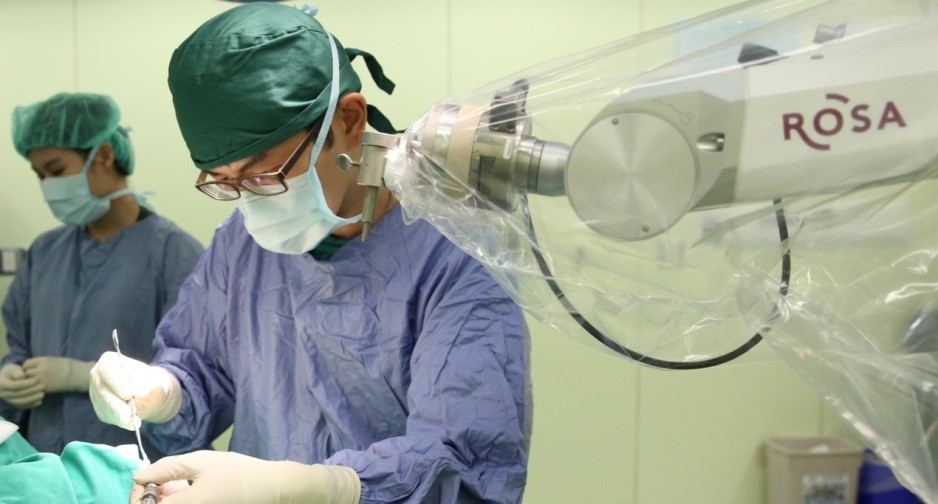
Caption: Dr. Yu-chi Wang gives a reminder that the appropriateness of surgical treatment for intractable epilepsy can be evaluated. Now that brain surgery is well-developed, new auxiliary tools such as ROSA One can minimize the risk of brain surgery and allow for more precise treatment.

Dr. Yu-chi Wang from the Department of Neurosurgery at Linkou Chang Gung Memorial Hospital


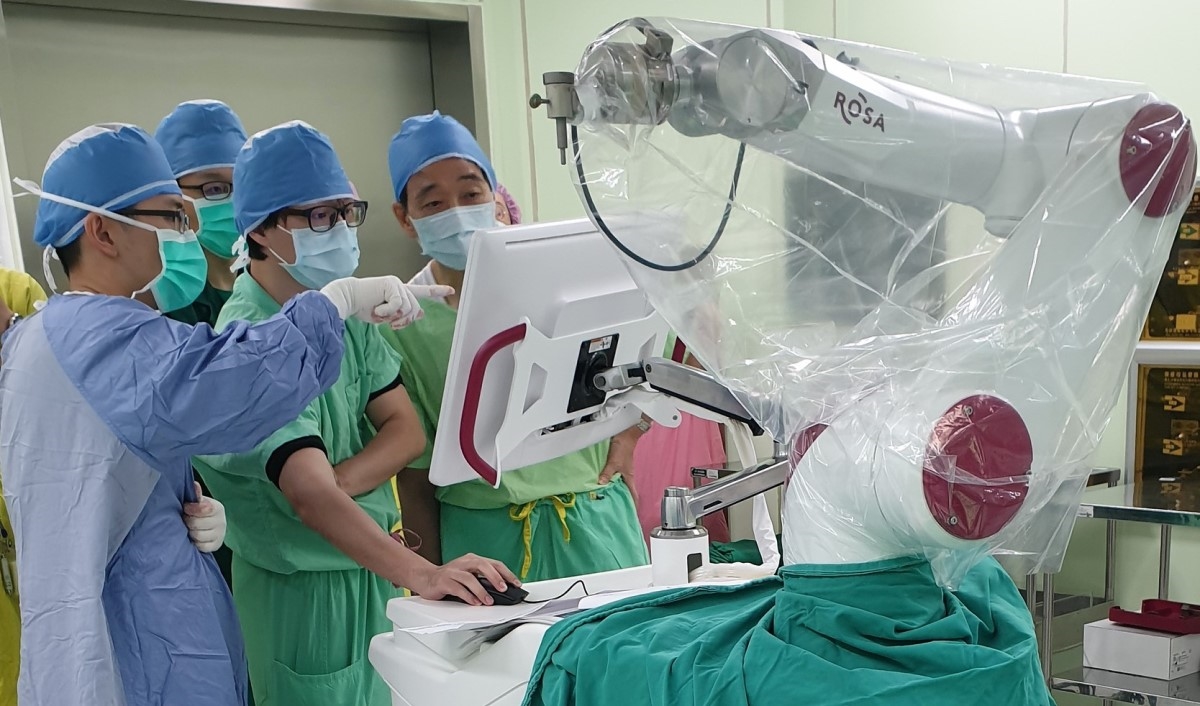



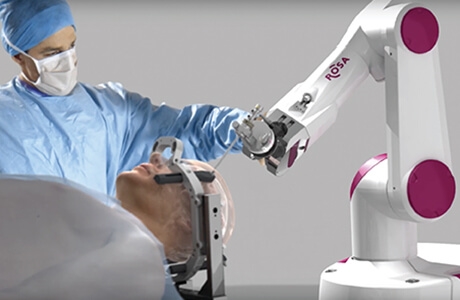


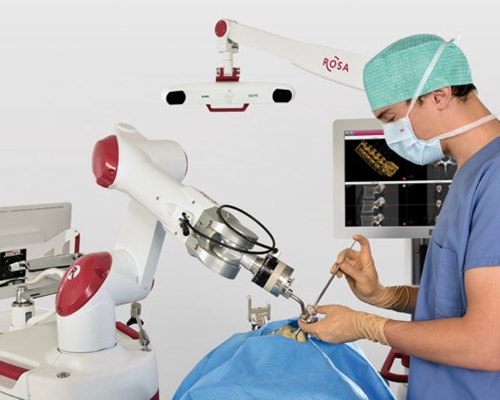

![[UHG Medical News] Utilizing Professional Data Technology to Decrease the Potential Risk of Nosocomial Infection and Enhancing Protections for Taiwan’s Healthcare System](/uploads/ef5af251540148f685bed1a80eb9e8b9.jpg)
